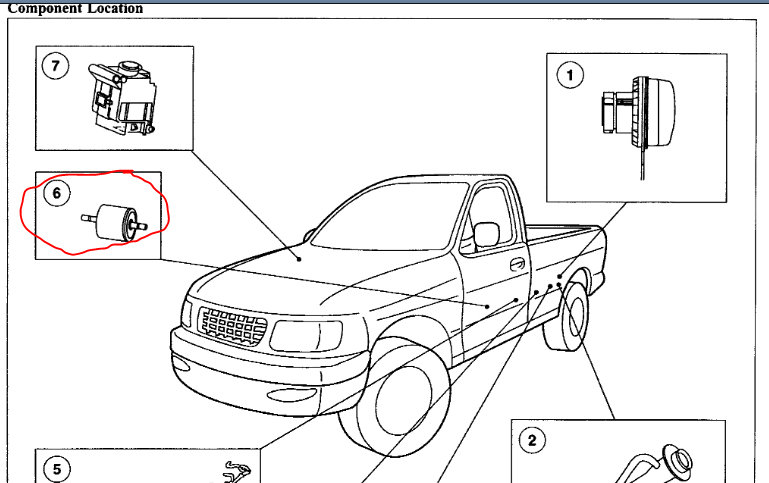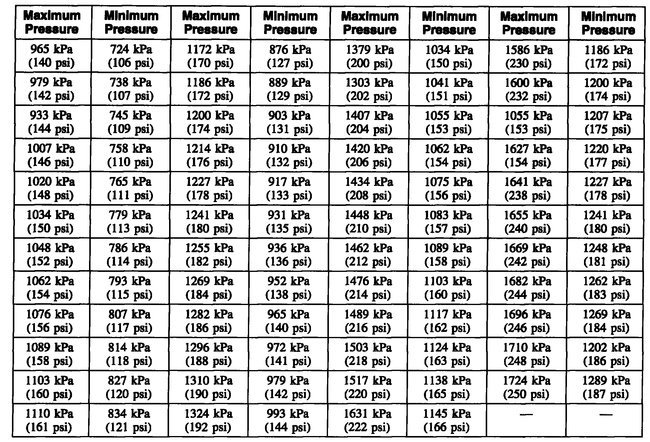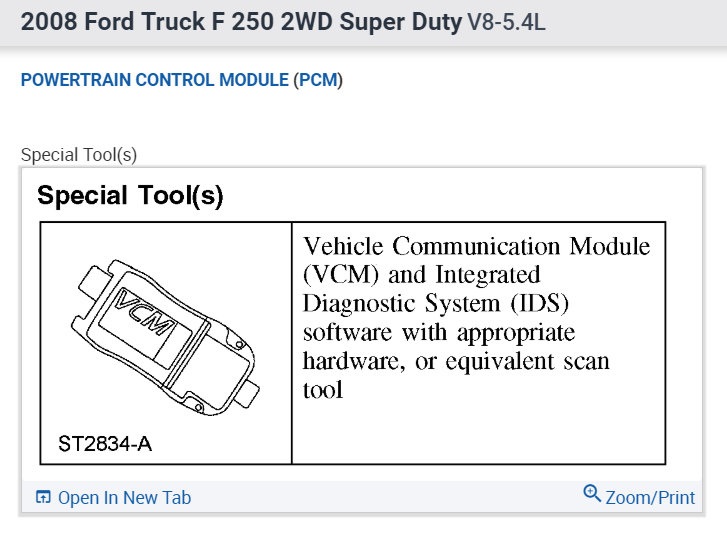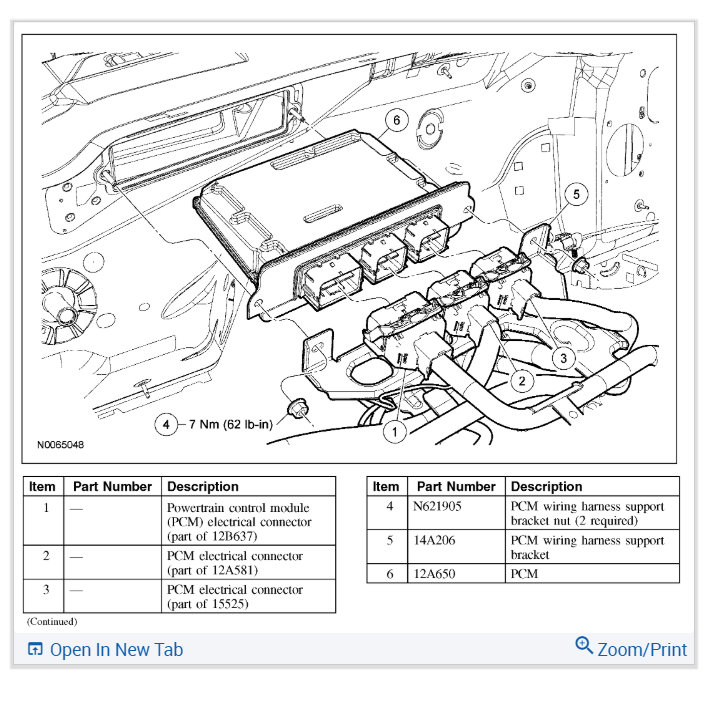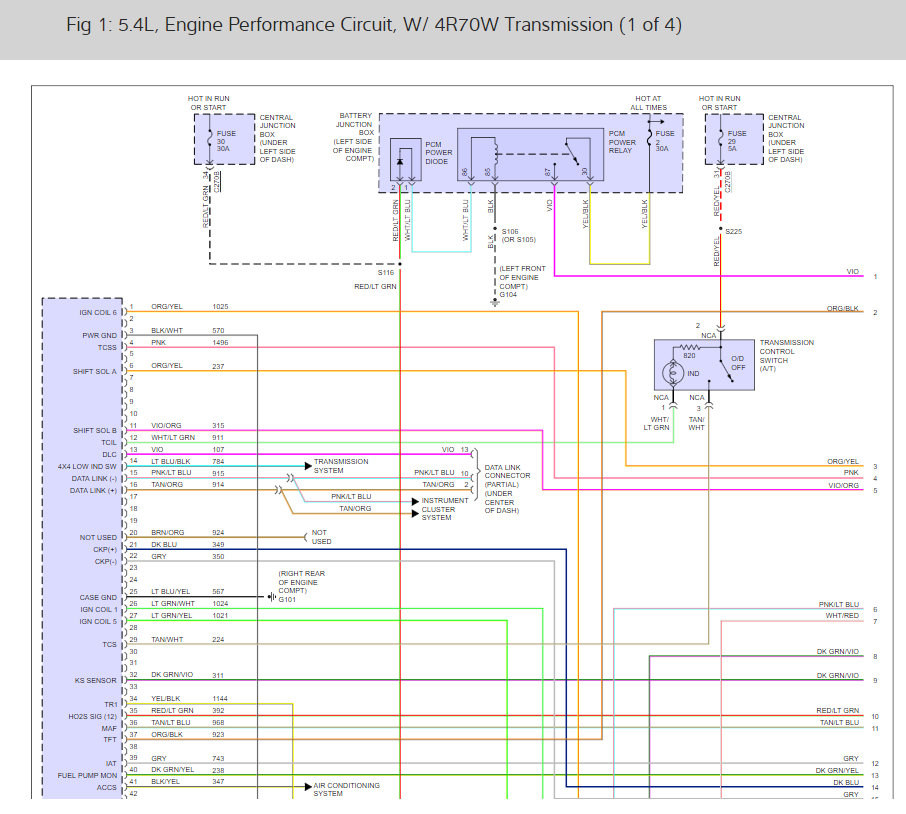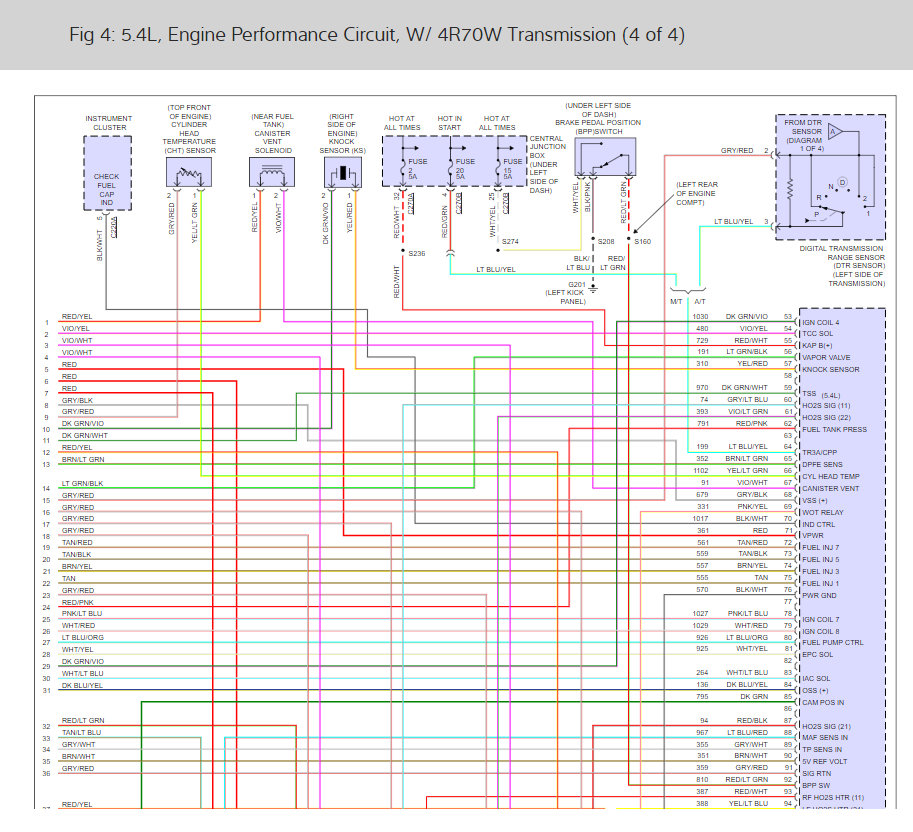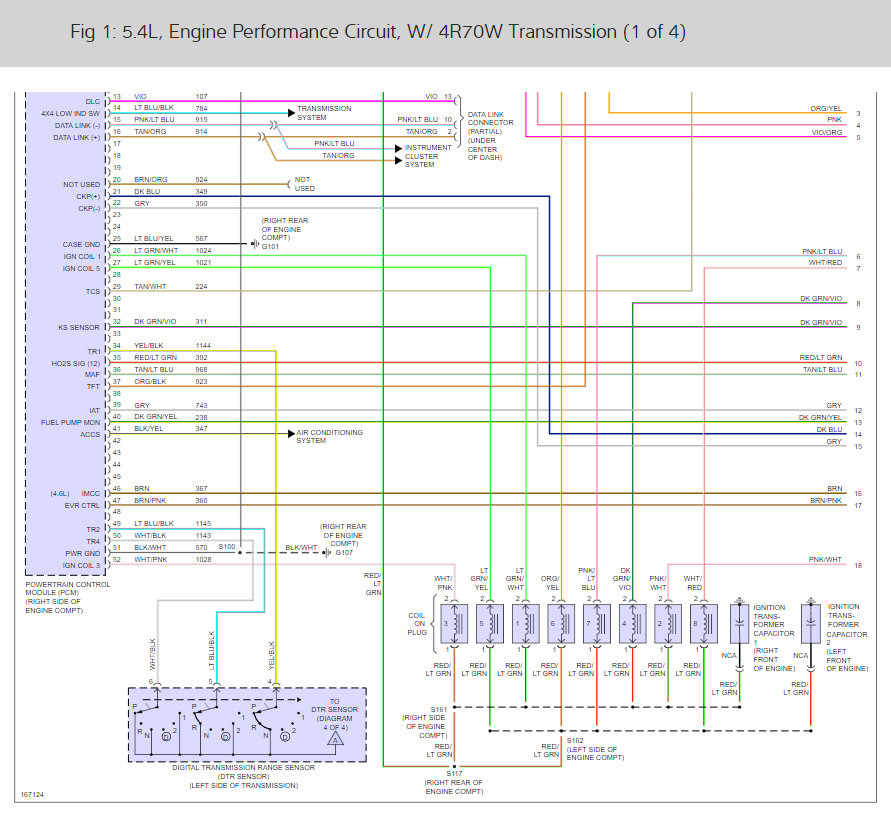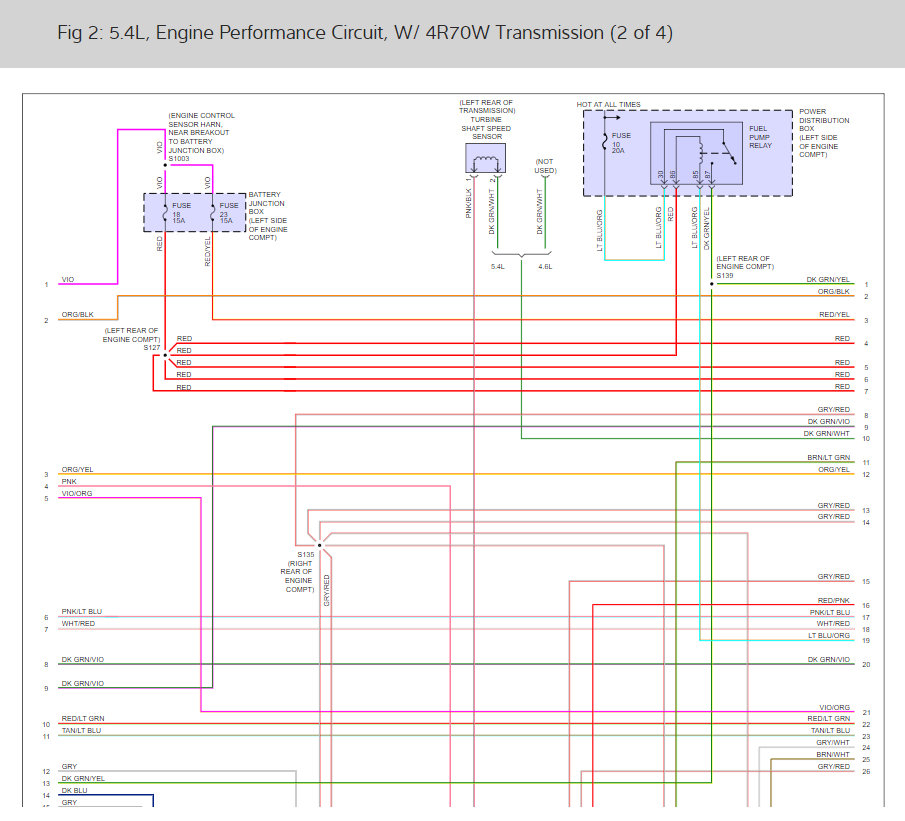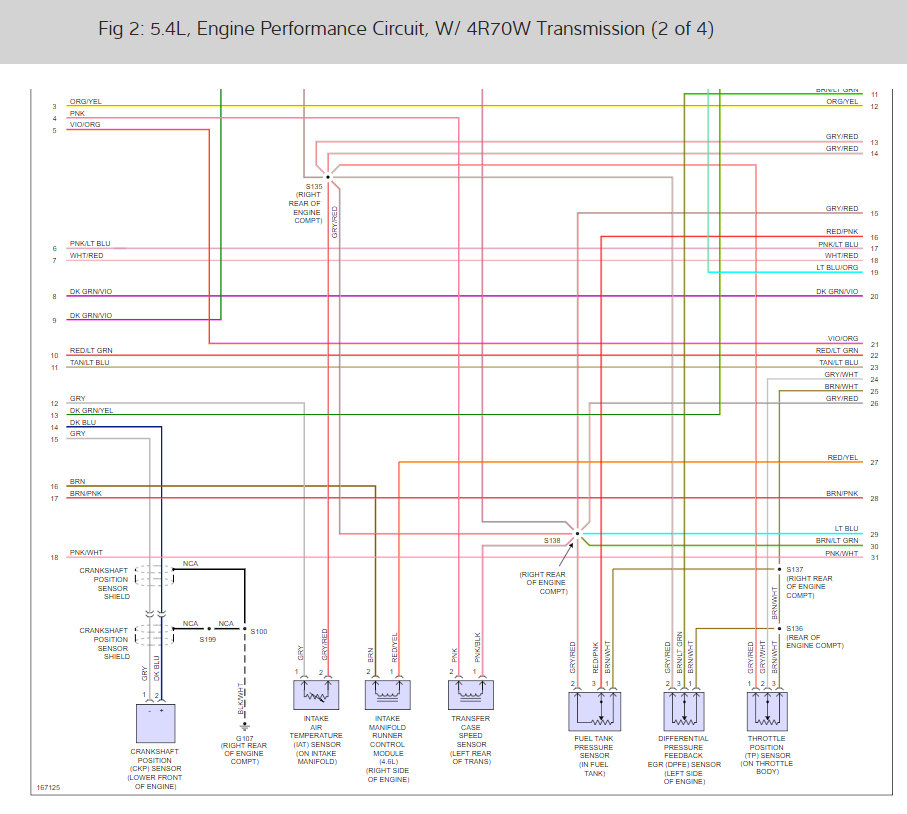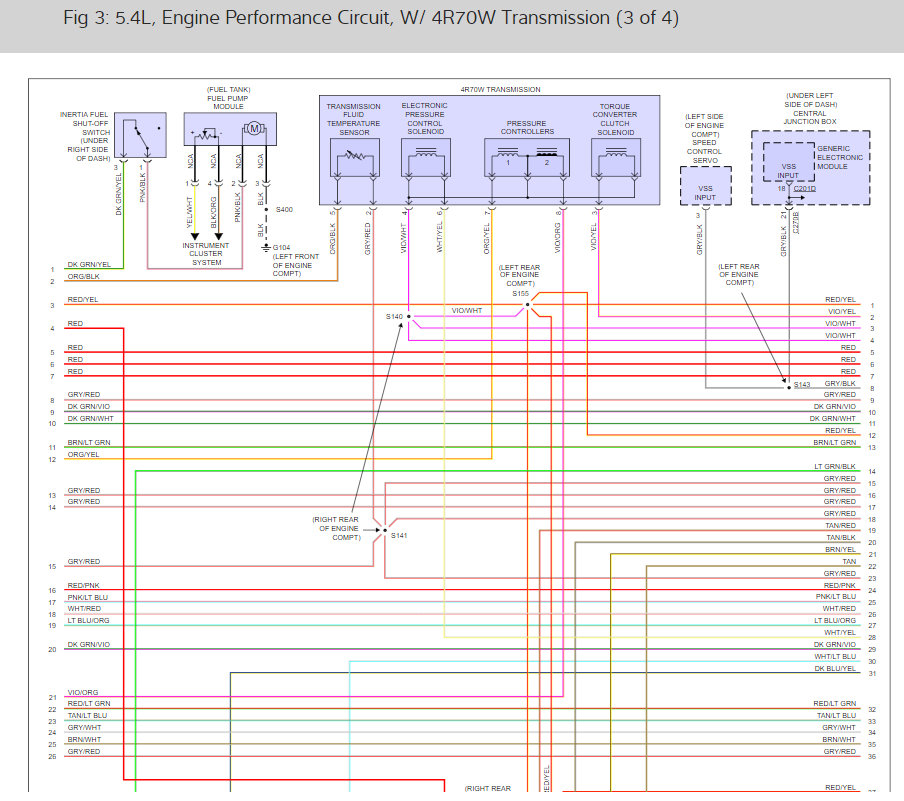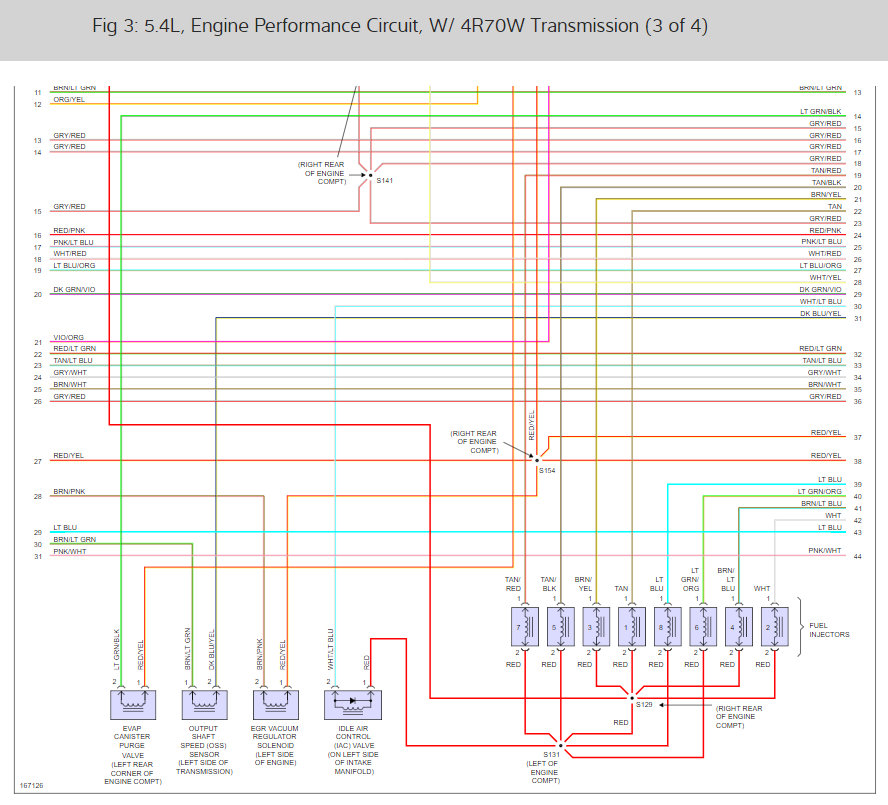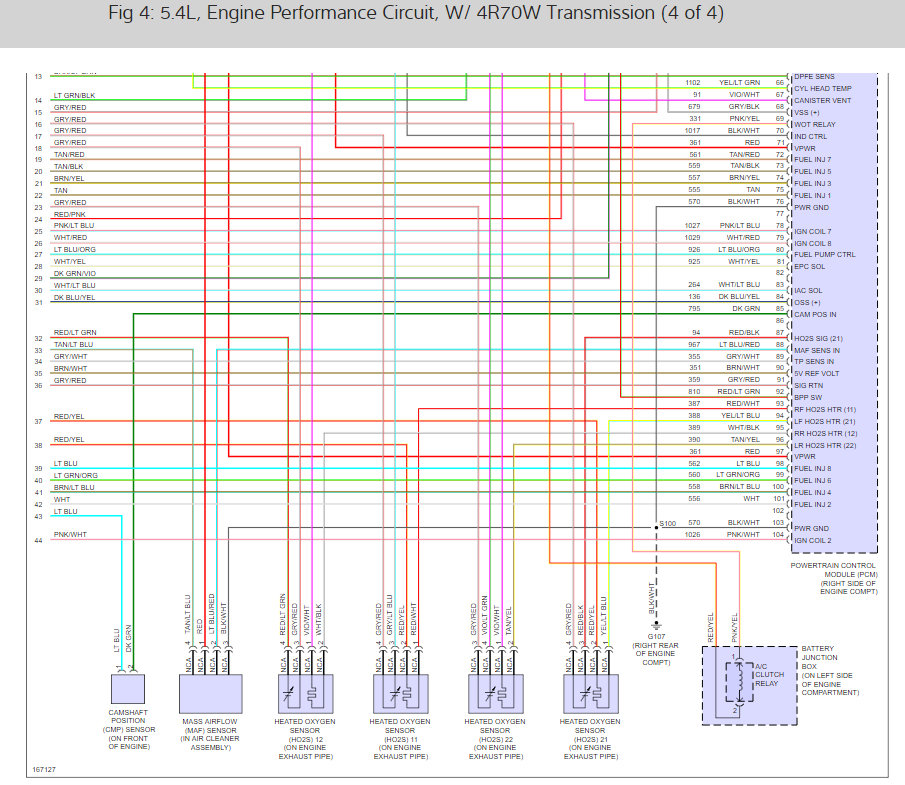Welcome back:
Okay, since we know the plug and coil are both not the cause, we have to consider the following.
Compression issue
Fuel injector issue
Timing issue
At the present mileage, I would confirm that compression isn't low in that cylinder. As far as the timing, if it is playing a role, you will see it in the compression reading. Here is a link that explains in general how to check compression:
https://www.2carpros.com/articles/how-to-test-engine-compression
https://www.2carpros.com/articles/symptoms-of-low-compression
Here are the specifics for your vehicle when checking compression. The two attached pictures relate to your findings.
_____________________________
Compression Test-Compression Gauge Check
1. Make sure the oil in the crankcase is of the correct viscosity and at the correct level and that the battery is correctly charged. Operate the vehicle until the engine is at normal operating temperature. Turn the ignition switch to the OFF position, then remove all the spark plugs.
2. Set the throttle plates in the wide-open position.
3. Install a compression gauge such as the Compression Tester in the No. 1 cylinder.
4. Install an auxiliary starter switch in the starting circuit. With the ignition switch in the OFF position, and using the auxiliary starter switch, crank the engine a minimum of five compression strokes and record the highest reading. Note the approximate number of compression strokes required to obtain the highest reading.
5. Repeat the test on each cylinder, cranking the engine approximately the same number of compression strokes.
Compression Test-Test Results
The indicated compression pressures are considered within specification if the lowest reading cylinder is at least 75 percent of the highest reading. Refer to the Compression Pressure Limit Chart.
Part 1 Of 2
pic 1
Part 2 Of 2
pic 2
Compression Pressure Limit Chart
If one or more cylinders reads low, squirt approximately one tablespoon of engine oil on top of the pistons in the low-reading cylinders. Repeat the compression pressure check on these cylinders.
Compression Test-Interpreting Compression Readings
1. If compression improves considerably, piston rings are faulty.
2. If compression does not improve, valves are sticking or seating incorrectly.
3. If two adjacent cylinders indicate low compression pressures and squirting oil on each piston does not increase compression, the head gasket may be leaking between cylinders. Engine oil or coolant in cylinders could result from this condition.
Use the Compression Pressure Limit Chart when checking cylinder compression so that the lowest reading is within 75 percent of the highest reading.
___________________________________
I realize this is a lot of work to do, but since it keeps coming back to the same cylinder, we need to start somewhere to diagnose the cause.
Please feel free to let me know if you have other questions or need help.
Take care,
Joe
Images (Click to make bigger)
Monday, May 10th, 2021 AT 10:48 AM
(Merged)
